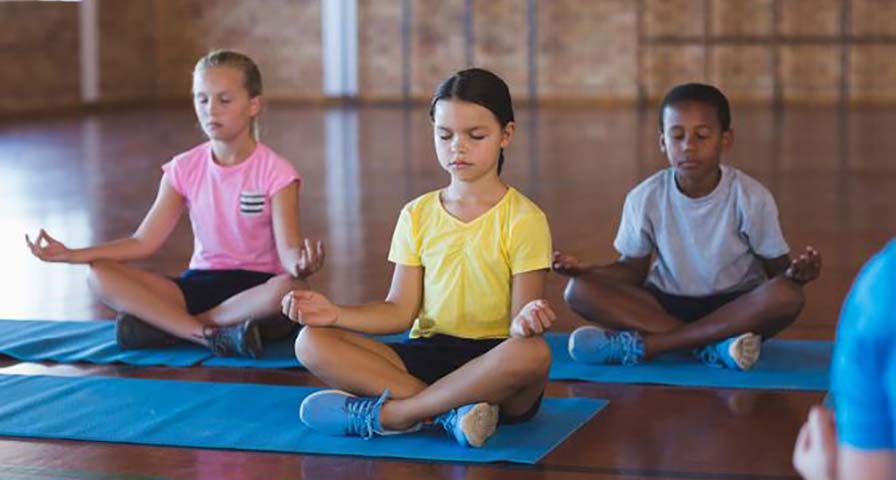
If you’re GenX or a Boomer, you probably remember growing up with at least some fear of nuclear war. The threat reverberated throughout the media. At particularly tense times, Cold War mismatch dominated the news trundling – just as hostilities between Israel and Hamas dominate now. Imagine what it must be like for young children, expressly with ramped up rhetoric well-nigh the very real threat of a third World War – and all this on top of events like the mass shooting in Maine.
It’s a lot for little ones to take in. Events like these can generate limitless anxiety, fear, dread, and other helpless feelings. How should we respond? What can we do to help children process their feelings well-nigh such events? To help them still finger unscratched and secure? To nurture hope? We’ve blogged well-nigh this a good deal over the years. In fact, the post unelevated is one we published just 6 months ago. Although it was written in response to a spate of mass shootings, the tips offered are no less relevant to current global events…
What do you say to a child when yet flipside act of wild violence dominates the news? How do we help them make sense of the strange and troubling scenes, and so many people saying “never again” plane as nothing much seems to change?

There are no simple solutions. We need to write the complexity of the problem. We need to understand the roots of this epidemic. Certainly, “too many guns” is a problem. Sensible gun tenancy would be most welcome – not just for reducing mass killings and homicides, but suicides, too, which usually outnumber all other gun deaths each year.
But this isn’t just a “guns or no guns” issue. Many factors contribute to the kinds of shootings that have wilt an all too familiar part of American life. As educators, counselors, clinicians, and parents, we must work together to identify and write the underlying causes of violence. These include (but are whimsically limited to) things like
Equally important is helping children develop positive habits and find towardly ways of releasing wrongness and tension. This requires time, effort, resources and, whilom all, commitment. Acquiring skills and solutions is a long-term, ongoing process.
Just as our problems with a violent culture did not sally overnight, neither will a positive, strong, affirming and nurturing alternative.
But we need that alternative. Badly. Plane the vital act of working to create it provides a powerful counterpoint to treasonous forces. Working together provides us an opportunity to recognize and understand that for all that divides us, there is moreover much that still binds us. Nurturing that can slide the pace of change.
Even so, we still have to deal with the fact that we live in a world in which violence – and the vicarious trauma it can rationalization – routinely occurs. Those events can make the world seem a much scarier and increasingly threatening place than it is in our day to day existence, expressly for young children. They want and need a sense of safety and security that events like these – and our reactions to them – seem poised to snatch away.
That’s one of the main reasons why Lynea wrote her first typesetting for children, Good People Everywhere: to help soothe them in troubling times by reminding them that the world really is a good place and there are many people to help us when bad things happen.
In a world of 24/7 news coverage, where every bad event is amplified, it’s increasingly important than ever, says Lynea, to focus on what’s stuff washed-up to help the situation. Children need to be taught, reminded, and reassured that for every disaster or tragedy, multitudes come together to help one another.
Some may plane say that as bad as tragedies are, they remind us of our worldwide humanity. For all their power to hurt, they moreover have power to bring out the weightier in human nature.
Fortunately, we don’t need the horrific to do this.

By making a practice of recognizing the good in life and looking for the good things people do in the world on an ongoing basis, we prepare our children for the inevitable challenges and losses life brings. Within this healthier worldview, the loss of a pet, the death of a grandparent, a natural disaster, or plane a mass shooting can be understood.
And with this perspective, we are increasingly likely to focus on how we can help others in times of need.
Disclaimer: SPIRITUAL DEVOUT claims no credit for images featured on our blog site unless otherwise noted. All visual content is copyrighted to its respectful owners.